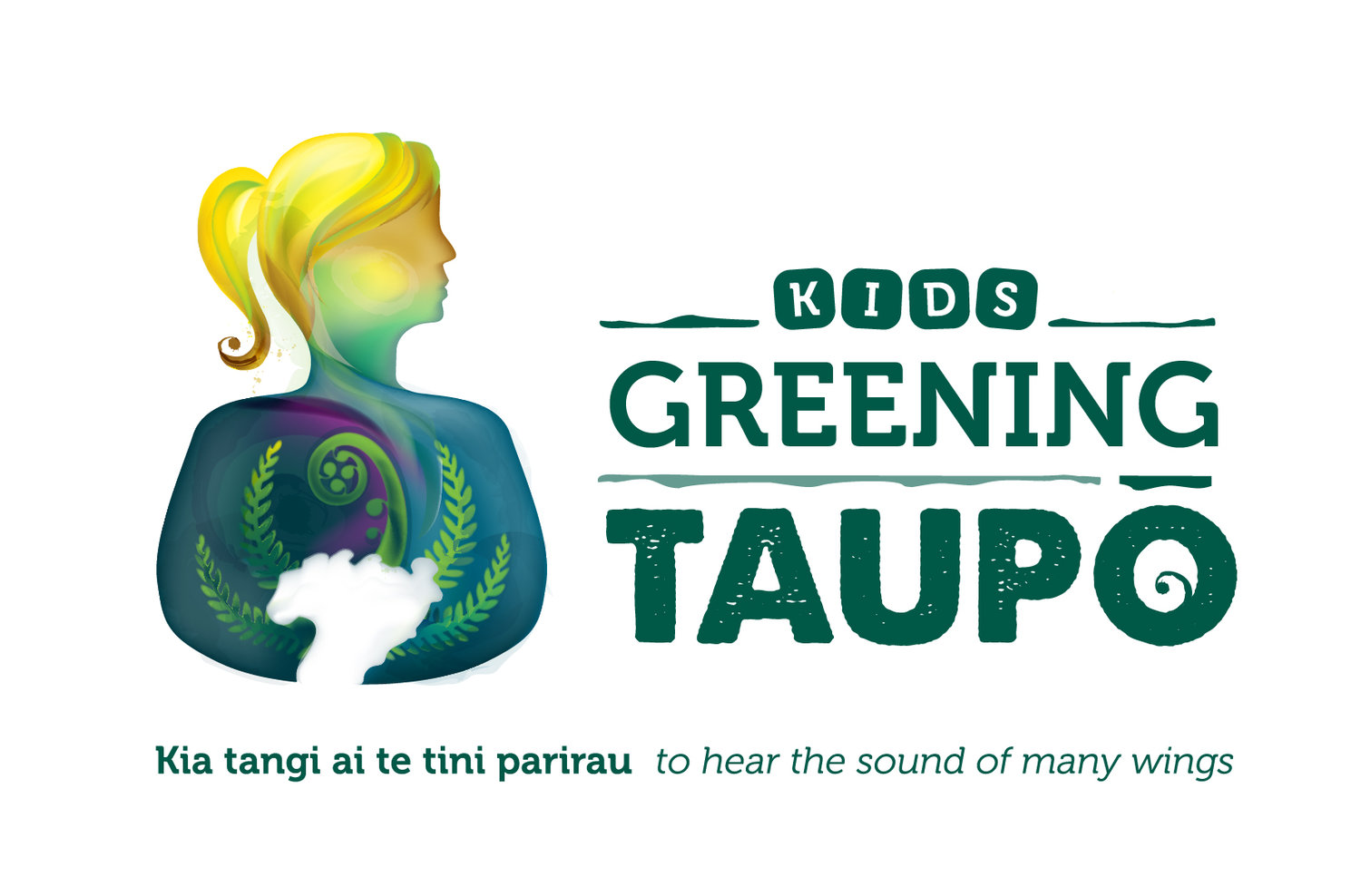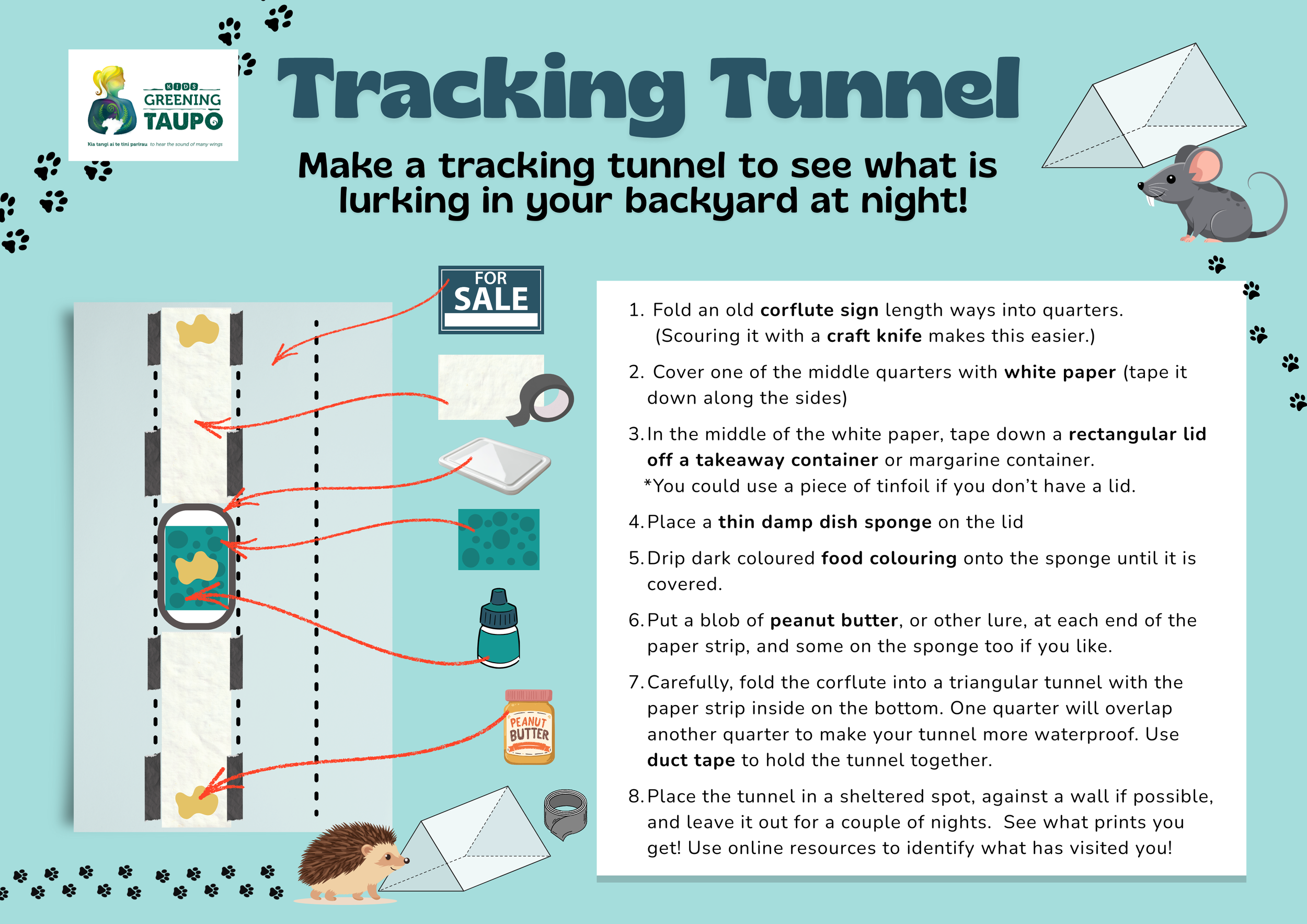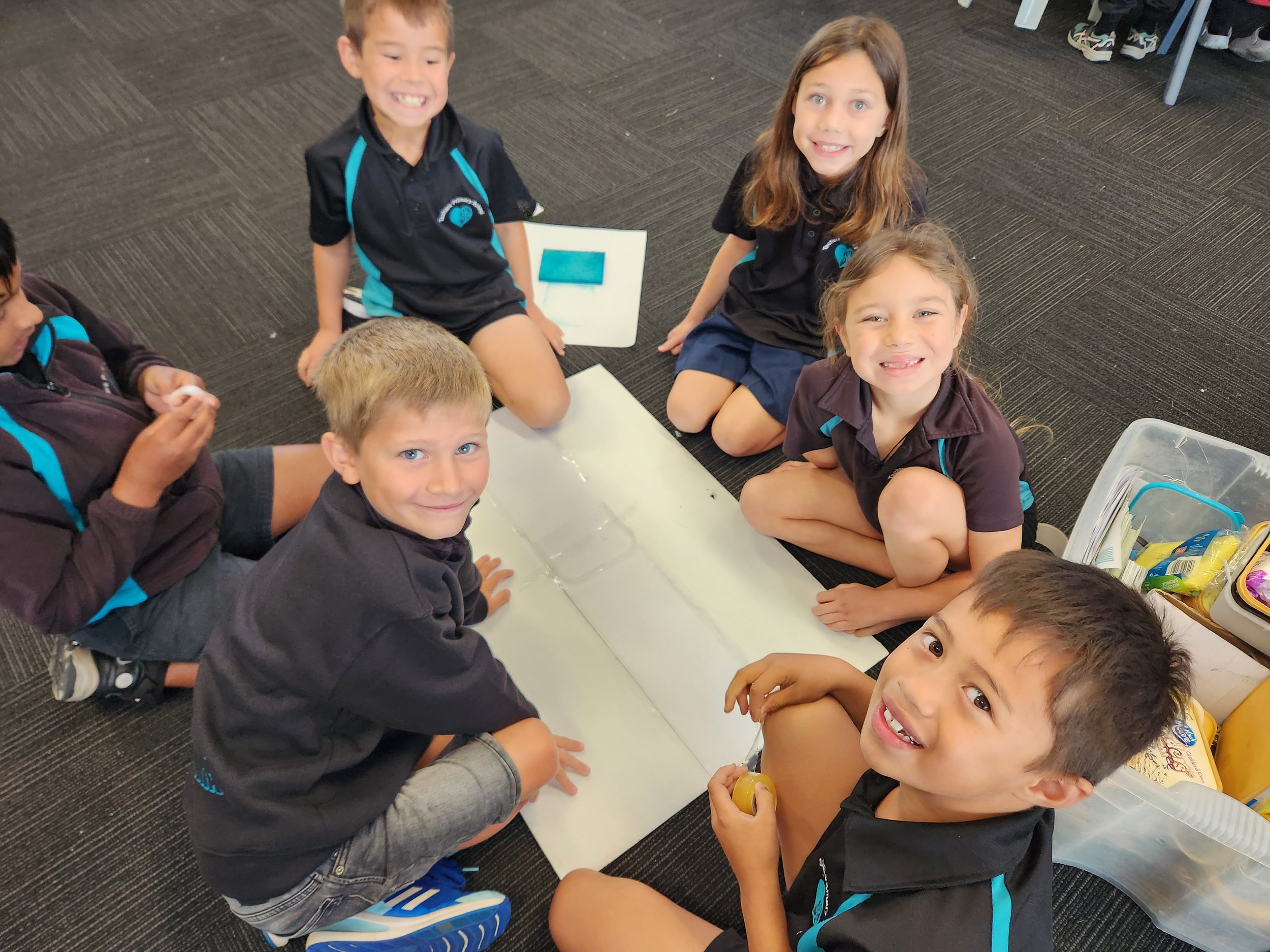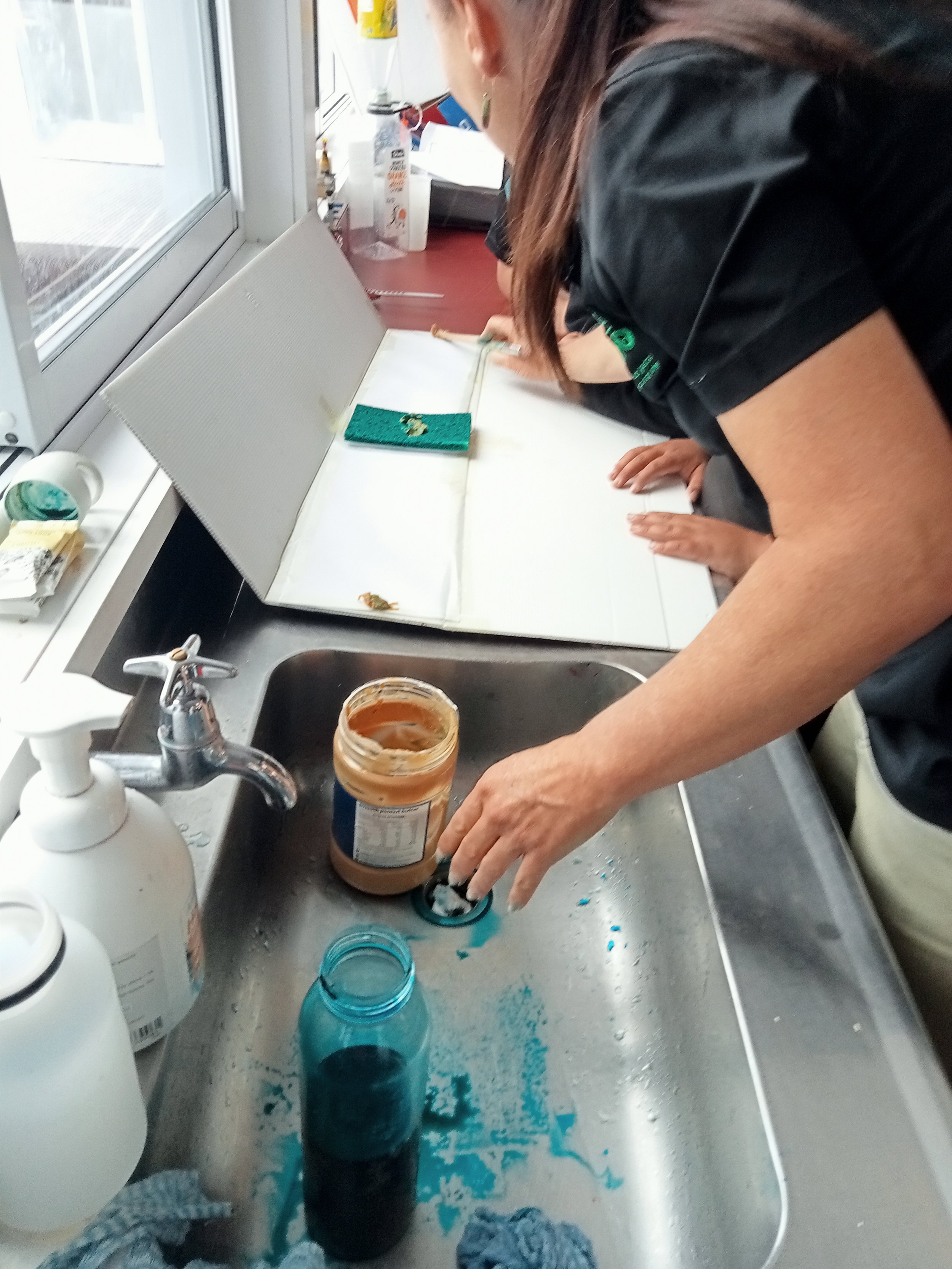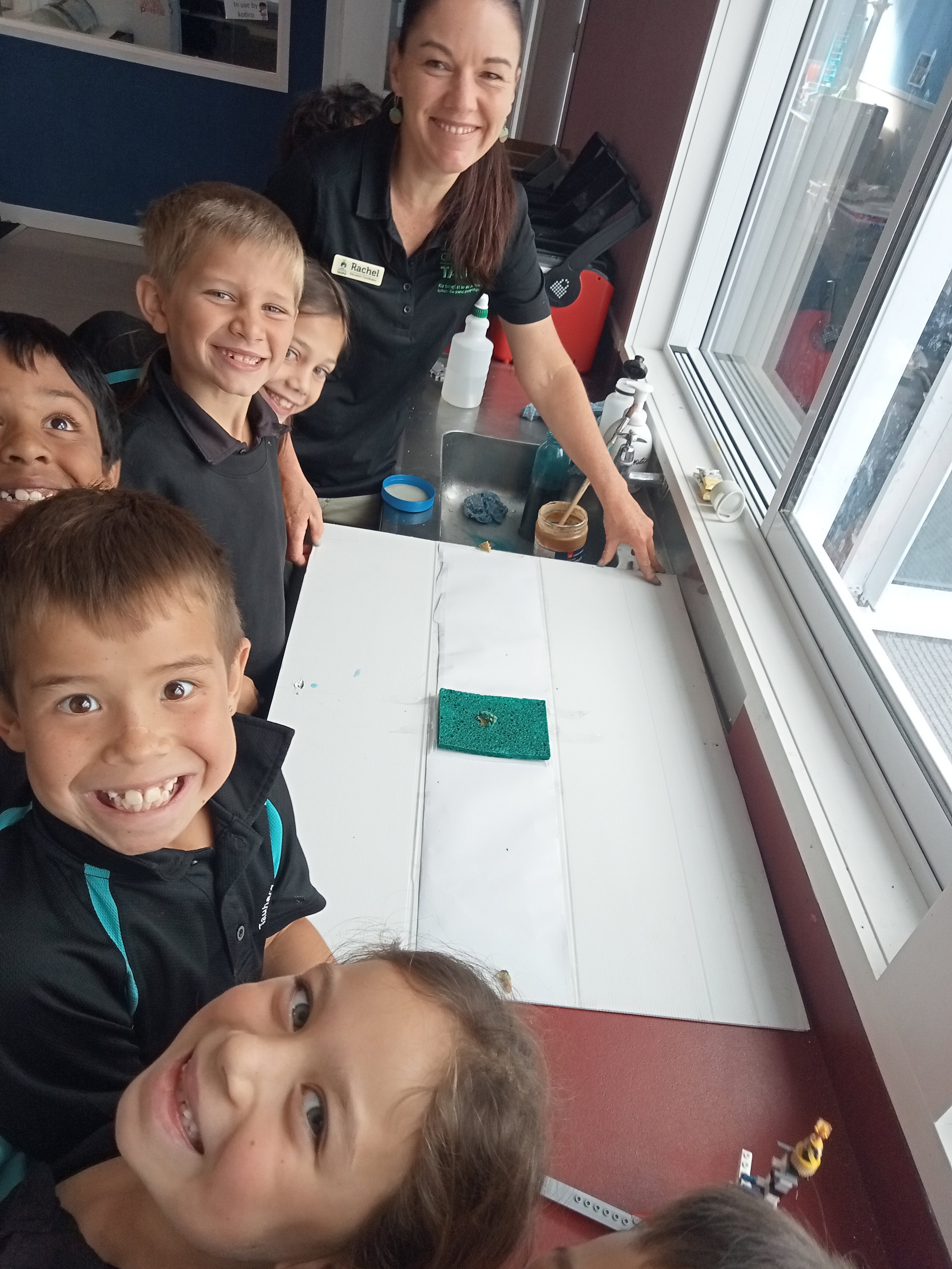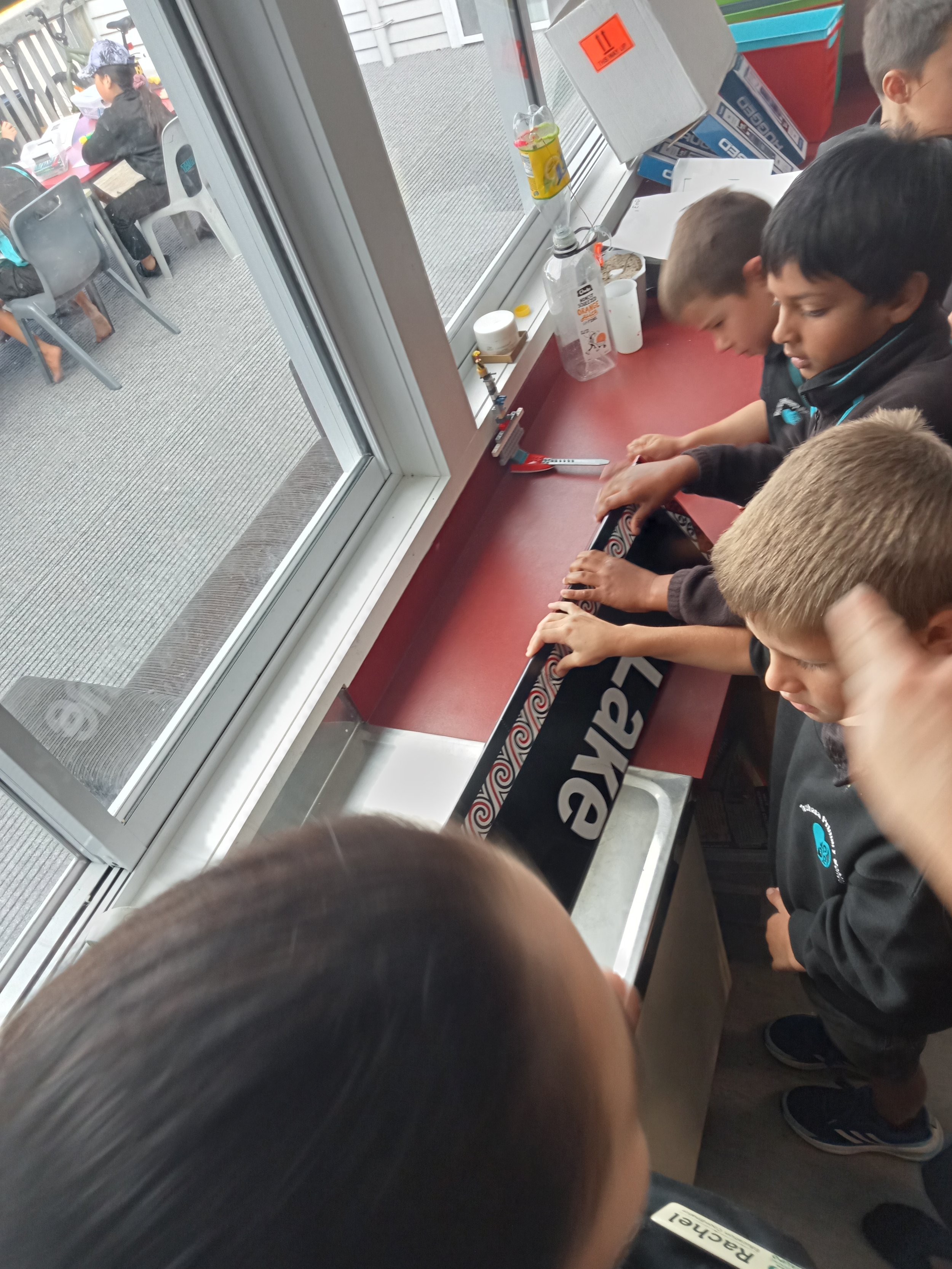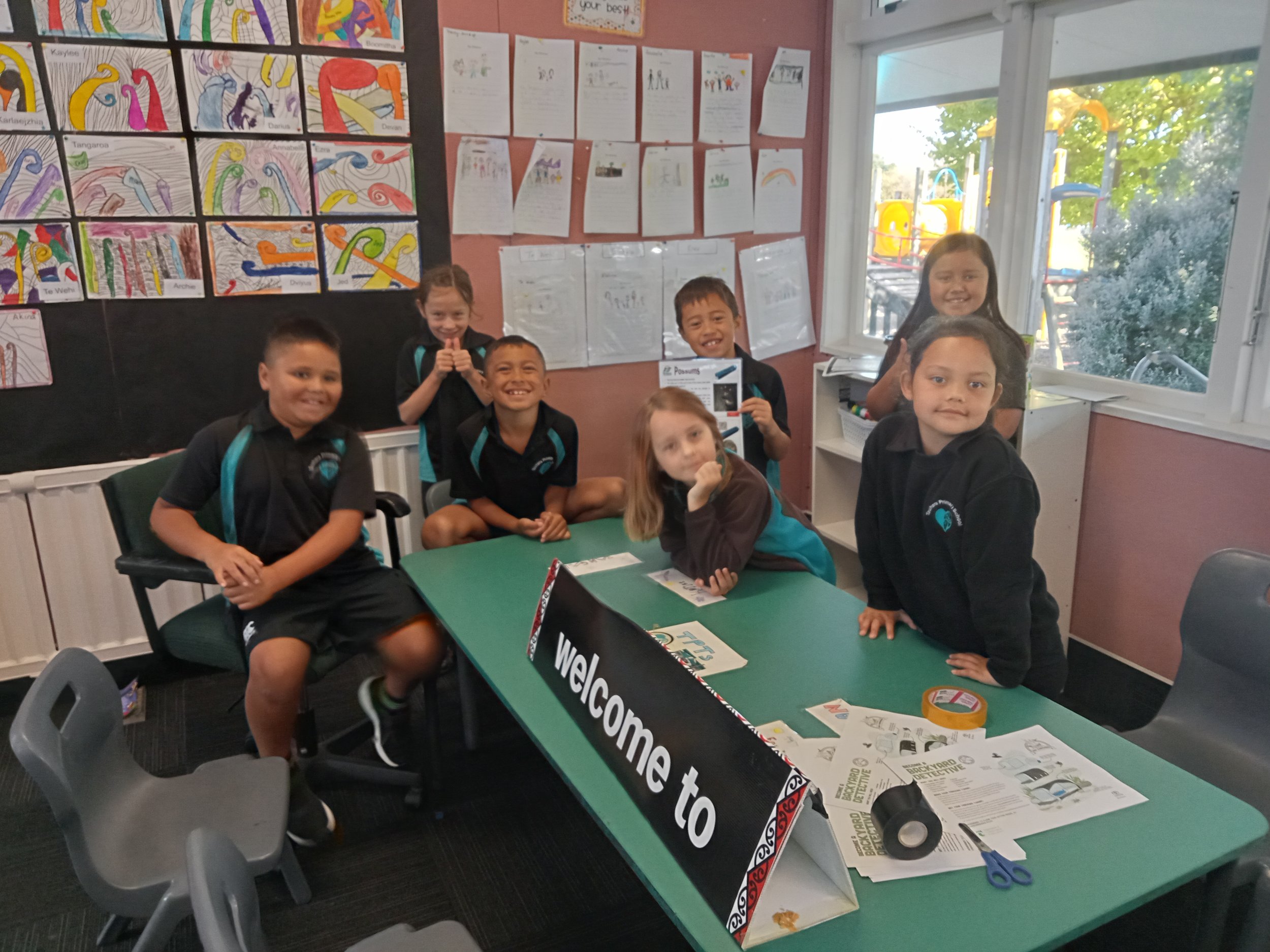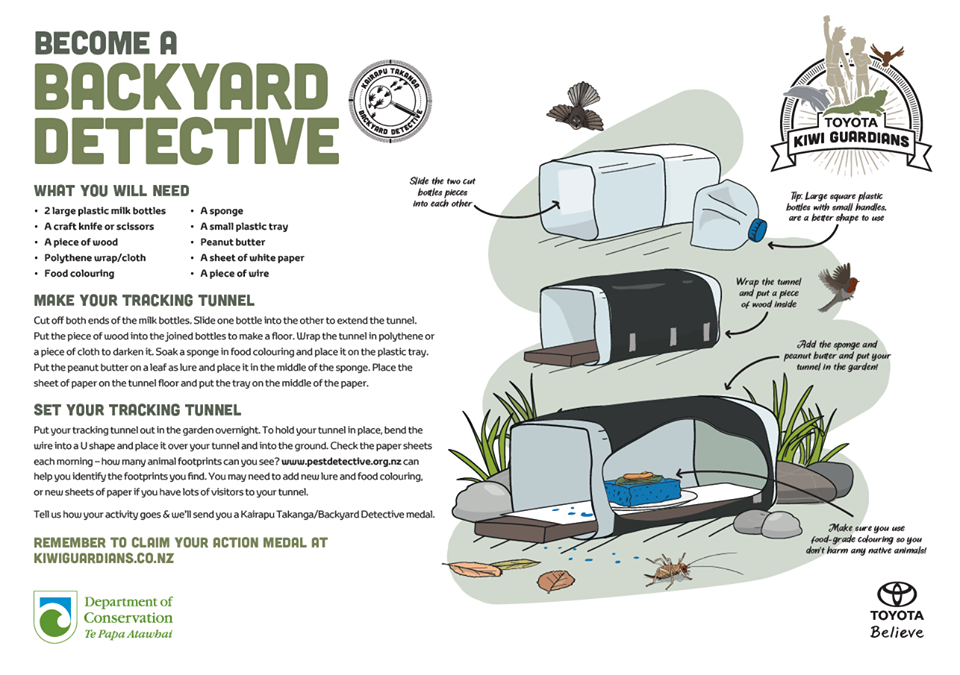Make a Tracking Tunnel
Find out what is lurking in your back yard at night by making a tracking tunnel! Do you have native bugs and lizards, or will you find that the mice, rats and hedgehogs had a party while you were sleeping? (Yes, some of our tracking cards look like this!) A tracking tunnel does not trap any individual, it is simply a tunnel with paper, ink and an edible lure set down over several nights to track foot and paw prints of the critters that crawl through the tunnel.
We like to use an old corflute sign and fold it into a tunnel, line the bottom with white paper, add a plastic lid in the middle with a kitchen sponge soaked in food colouring, pop in some peanut butter as a lure and then put it outside. Make sure to think like a nocturnal critter when you place it! Put it up against a building , or under a bush, as critters, such as rats, don’t like running in open spaces. Make sure that one end isn’t blocked, as animals are more likely to enter it if they can see right through it and see a safe exit. Finally, place it somewhere sheltered if it is likely to rain. Rain will wash away the footprints. Good luck!
Here’s another way to make your tracking tunnel:
Once you have made your tracking tunnel, you should aim to check this every morning for a few days. If the paper has any prints make sure to take it out and head to the Pest Detective website to identify your backyard critters (sometimes these aren’t pests- it could be insects). Or, print this fantastic guide to identify prints from Rotokare Scenic Reserve Trust. It’s perfect to use with children.
NOTE: In the instructions above it recommends using peanut butter, but if you have any allergies to peanuts; animal fat, hazelnut spread or a piece of meat should also work.
Make sure to wash your hands well after checking your tracking tunnel for prints or use gloves.
Our Nature Connectors on making chew cards and using poos as clues to help identify pests, might also be useful for you. You may also need to read more about how to trap your pests in our Nature Connector about trapping.
To learn more about pests head to our Aotearoa and Conservation Online Nature Classroom or download the Investigating Introduced Predators in your Green Space book from DOC
